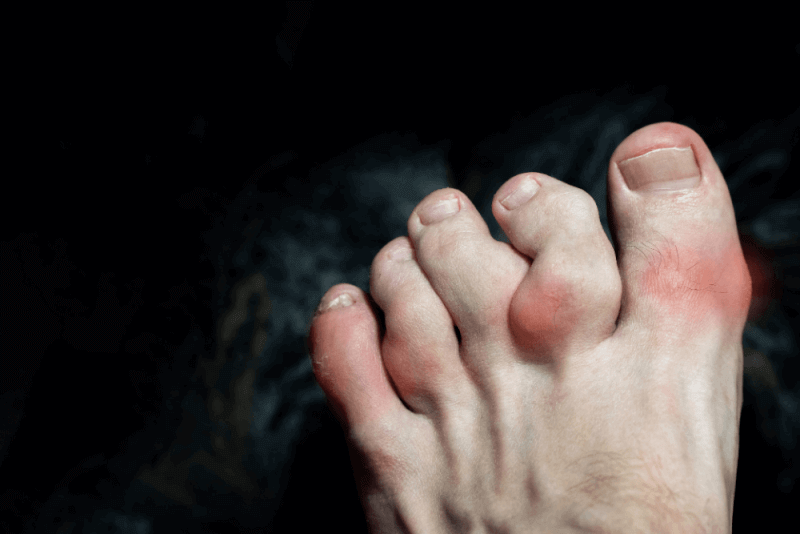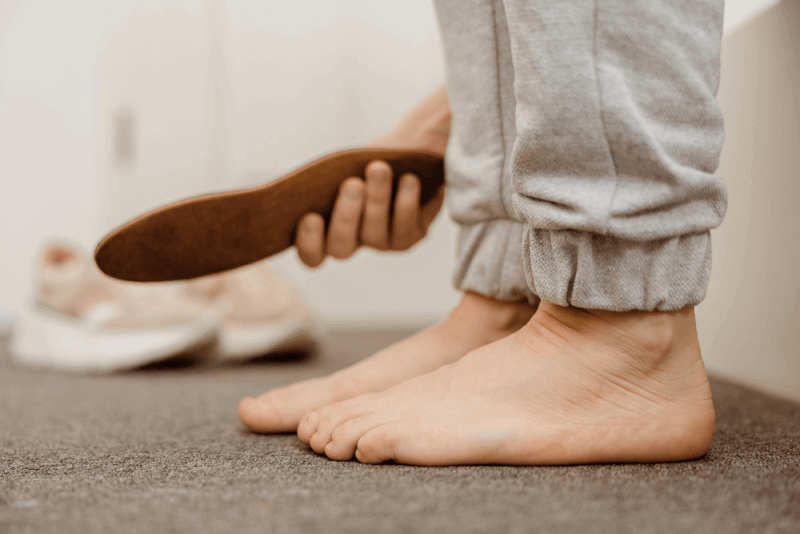30-Second Summary
- Also known as Legg Calve Perthes disease, Perthes disease is a rare condition that affects only children. It occurs when there is a temporary loss of blood flow to the round head of the femur.
- The exact causes of Perthes disease are not fully understood. However, there is some evidence suggesting that genetics may play a role in its development.
- The first symptoms of Perthes disease are usually limping.
- Pain caused by the disease can last for months, but it is not constant. It comes and goes. In some cases, the pain may be very mild or not felt at all, which is why the diagnosis might not be made until an X-ray is taken for another reason.
What Is Perthes Disease?
Also known as Legg Calve Perthes disease, Perthes disease is a rare condition that affects only children. It occurs when there is a temporary loss of blood flow to the round head of the femur.
Blood flow is extremely important for maintaining the healthy cycle of bone cells. If blood does not reach the bone for a sufficient amount of time, the bone cells begin to die. This process is called osteonecrosis or avascular necrosis. If blood does not reach the upper part of the femur for a long time, the bone weakens, which may lead to bone collapse. Restoring blood flow allows the bone to regain strength, but the damage to the bone is irreversible.
Causes of Perthes Disease
The exact causes of Perthes disease are not fully understood. However, there is some evidence suggesting that genetics may play a role in its development. More research is needed to confirm this.
The progression of Perthes disease is known. It begins when the blood flow to the femoral head is interrupted, causing bone cells in the area to die and the bone to weaken. This process typically occurs over a period of 2 years. Afterward, the bone collapses and loses its round shape. This stage is called fragmentation.
The damaged tissues are absorbed by the body, and as blood flow returns, new bone tissue begins to grow. This new tissue helps the femoral head regain its round shape. This process also occurs over a few years. Finally, the bone heals. However, the healing is not always perfect, and deformities in the head of the femur may remain permanent.
How close the femoral head returns to its perfect shape depends on the degree of collapse and the child's age at the onset of the disease. The younger the child, the better the healing outcome.
Symptoms of Perthes Disease
The first symptom of Perthes disease is usually limping. Other symptoms that may be observed include:
- Changes in walking or running patterns
- Pain in the hip, groin, thigh, or knee
- Irritation and inflammation in the hip area that leads to spasms
- Pain, stiffness, or limited movement during activity
- Stiffness or restricted range of motion in the hip joint
Pain caused by the disease may last for months. However, it is not continuous; it comes and goes. In some cases, the pain may be very mild or not felt at all. Therefore, the diagnosis may not be made until an X-ray is taken for another purpose.
Diagnosis Criteria of Perthes Disease
If symptoms of Perthes disease are observed, an X-ray is required for diagnosis. MRI scans may also be used to determine how advanced the condition is. Additional tests may be requested to monitor the progression of the disease. Children may also be asked to perform certain activities to assess the extent of movement limitations.
Treatment Methods for Perthes Disease
The healing process of Perthes disease may take several years. Recommended treatments may vary based on the following factors:
- Age at the onset of symptoms
- Stage of the disease
- Amount of damage
As Perthes disease progresses, the spherical part of the joint called the femoral head weakens and breaks down. During healing, the socket part of the joint acts as a mold. This can help the weakened femoral head maintain its round shape.
For this mold to be effective, the femoral head must fit tightly into the socket. In some cases, a special leg cast is used to keep the bone in the correct position for 4–6 weeks.
Perthes Disease Surgery
Some children may need surgery to keep the femoral head tightly positioned within the socket. This procedure may involve making wedge-shaped cuts in the thigh bone or pelvis to realign the joint.
Surgery is usually not necessary for children under the age of 6 because the hip socket in this age group can naturally reshape. This allows the femoral head and the socket to align properly without surgery.
Perthes Disease and Physical Therapy
As the hip begins to stiffen, the muscles and tendons around the joint may shorten. To prevent this, stretching exercises are needed. Physical therapy may be recommended to help keep the muscles long without damaging the area.
Activity Restrictions
Children with Perthes disease should avoid running, jumping, or participating in other high-impact activities that may accelerate hip damage.
Crutches
In some cases, the child needs to avoid putting weight on the affected joint. In such cases, the use of crutches may be recommended.
Anti-Inflammatory Medications
Over-the-counter medications like ibuprofen may be needed to relieve the patient’s pain.
Complications of Perthes Disease
Children who have had Perthes disease are at greater risk of developing hip arthritis in adulthood. This is especially common in patients whose hip joint healed poorly.
If the ball and socket do not fully come together after healing, the joint may wear out prematurely.
In general, children diagnosed after the age of 6 have a higher risk of experiencing hip problems later in life.







